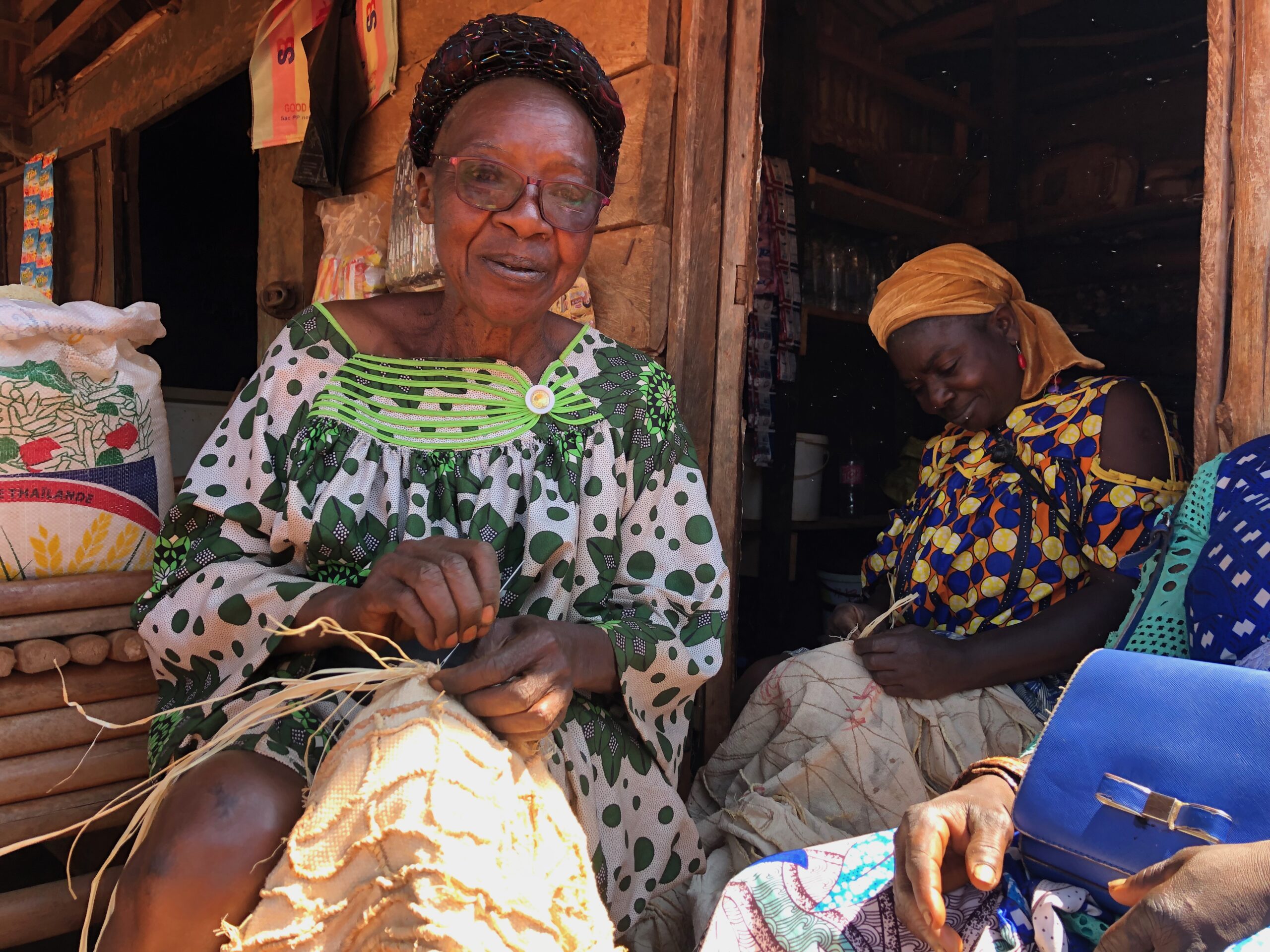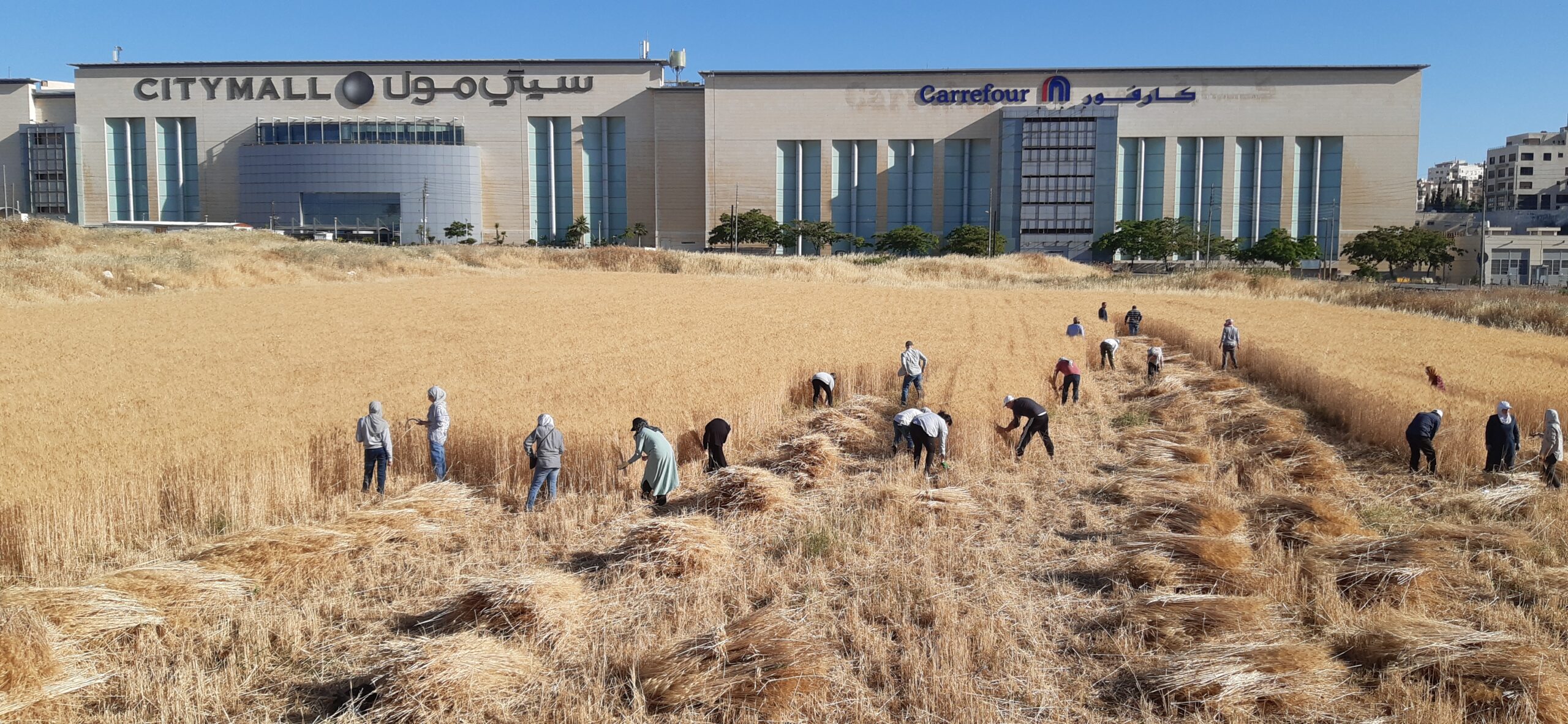The Indiana Dunes National Lakeshore stretches along the southern tip of Lake Michigan in sixteen separate pieces—jagged, sharp-cornered patches of land that float in an industrial landscape of rail lines, factories, and tiny dilapidated homes. The official National Parks visitors’ map includes not just the usual hiking trails and bike paths, but also two steel mills, an electric company, and the machine-gutted inlets that make up the port of Indiana.
About a year ago, on a gray day in March, my girlfriend and I drove here from Chicago, where she lived then and where I was visiting for a long weekend. Winter was melting, but it was cold by the water, the air heavy with evaporated snowmelt, the lake’s presence radiating toward us even before we could see the flare of blue rising above the mounds of the red silt. It was a lonely place. Except for an older woman sitting by herself on a blanket, staring solemnly into the distance, the beach was empty.
The lake’s winter expansion had crushed the shoreline into a strange series of red hills and valleys that looked like the surface of an abandoned planet. The lakeshore was visually striking in the way of desolate places: a gaping large-scale monotony lit with slight variation. Beside each other, near matches shimmered—ochre sand against straw-colored grasses, ice against snow, blue sky against the deeper blue of the lake. Snow dusted the hills of unearthed shoreline and sheets of melting ice glistened between them. Some of the flattened mud had been whittled by water and wind into delicate russet planes that hovered over pools of clear water and had the wavy texture of a desert after a storm. In the distance, the Chicago skyline rose above the horizon and thick plumes of factory smoke faded into cloud cover. Because it was March and cold, the kind of day when beauty depends upon the hesitation of spring, it was possible to stand still, watching the wind wheel across the shallow puddles of water, and to imagine the smoke as an amplifier of beauty, the final ache of gray needed to complete the scene.
Before long we were too cold and took the trail away from the lake and back through a series of escalating dunes that demonstrated what our pamphlets called dune succession. Closest to the shore, the smallest newest dunes were pale yellow swells of sand covered with grasses, and then, as we climbed higher through a series of wooded steps rising with the dunes, small plants became skinny naked trees and then conifers. By the end of the trail, we were standing on a platform above the lake, the air filled with the smell of straw and evergreen, trains whistling over birdsongs, and the hustle of traffic in the distance. The smokestacks lay hidden behind the pine trees, and the lake slid across the horizon in a clean bright line of blue.
The information board wanted us to think about conservation and the compromises between big business and environmentalists that had made this unusual park possible. The tone was one of pride. The dunes had almost been swallowed by the factories, but instead, they were here—surrounded by industry but mostly intact. I knew that I was supposed to see a success story, but I saw an unhappy stalemate that had saved just enough land to remind us of what had been lost.
On our way home, out of the park, we drove through old steel country. Miles and miles of slag heaps and abandoned houses, truck stops and adult superstores, and the occasional working steel plant with its puffs of white smoke lifting. It was late afternoon, the sun beginning to set, an amber glow of light casting shadows on the buildings and highways, but this didn’t help. We were caught between the natural world and the city, and nothing could make the broken windows and deserted high-rises look like anything other than neglect. We listened to the radio and drove toward the setting sun, away from the once booming steel towns and back to Chicago.
Marian Crotty’s writing has appeared in journals such at Third Coast, The Greensboro Review, Confrontation, and Michigan Quarterly Review.



